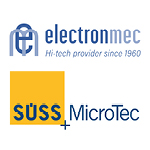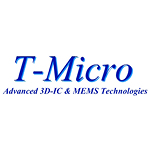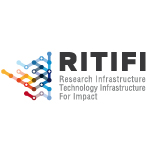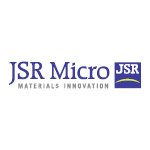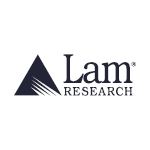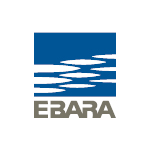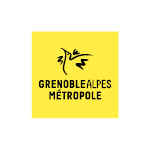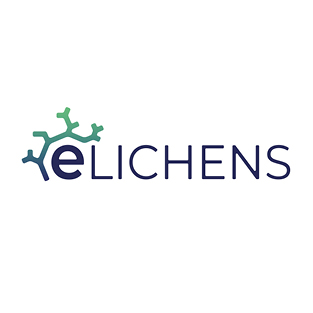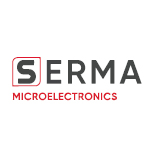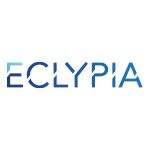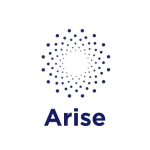
Rafik Zayani
Bio:
Rafik Zayani obtained his Habilitation à Diriger des recherches (HDR) from the CNAM-Paris in 2020. He received the Engineering, M.Sc., and Ph.D. degrees from the “Ecole Nationale d’Ingénieurs de Tunis (ENIT)”, in 2003, 2004, and 2009, respectively. Since 2005, he has been with the Innov’COM Laboratory, Sup’Com School, Tunisia. Since 2009, he has been an Assistant Professor with ISI/University of Tunis ElManar, Tunisia. Since 2010, he has also been an Associate Researcher with the CEDRIC Laboratory, Conservatoire National des Arts et Métiers, France. In 2021, he joined the Commissariat à l’Energie Atomique et aux Energies Alternatives, CEA-Leti, in Grenoble, France.
He is currently an Established Researcher with long experience in multi-carrier and multi-antenna communications, energy efficiency enhancement by transmitter linearization techniques (baseband DPD) and PAPR reduction; high power amplifier characterization; neural networks; identification modeling and equalization; and MIMO, massive MIMO and cell-free massive MIMO technologies. He was involved in developing enhanced multicarrier waveforms, such as FBMC-OQAM, UFMC, GFDM, BF-OFDM, and WOLA-OFDM. He has contributed to several European (EMPHATIC) and French (ANR-WONG5, POSEIDON and PEPR-5G) projects that aim at designing flexible air-interfaces for future wireless communications (5G and Beyond). He was awarded a H2020 Marie Sklodowska-Curie Actions Individual Fellowship (MSCA-IF) Grant for his ADAM5 project proposal (2018-2020) that studied hardware-aware and energy-efficient solutions for massive MIMO based 5G systems. He was also awarded a CEA-Tech Science Impulse (SI) Grant for his ALEX6 project proposal that investigated new energy-efficient transceivers design for distributed massive MIMO based B5G and 6G systems.
Abstract:
Cell-free massive MIMO has been shown to be able to make the dream of wireless communications a reality, by providing uniformly better quality of services for users than cellular technology. The technique allows for very high macro-diversity gain by using an excess of geographically distributed access points into only one cell, leading to radical improvements in both energy and spectral efficiencies. In recent years, it has been a very active topic in academia as well in industry. According to the substantial theoretical advances, cell-free massive MIMO will be the key practical technology in the future 6G networks.
This talk will first go through the foundations of the recent version of cell-free massive MIMO and how it can benefit from the advantages of well-known technologies, such as: i) network densification, ii) joint transmission coordinated multi-point (JT-CoMP) and iii) massive MIMO. Then, it will discuss fundamental aspects of this technology, its related challenges and some potential solutions to enhance its energy-efficiency.
This talk will be based on some recent results on the topic, achieved within the ALEX6 project funded by the CEA-Tech Science Impulse research program.
Thursday RF & Telecommunications PM
Senior Research Scientist, CEA-Leti
Towards energy efficient 6G: Cell-free massive MIMO and sequential fronthaul... more info





